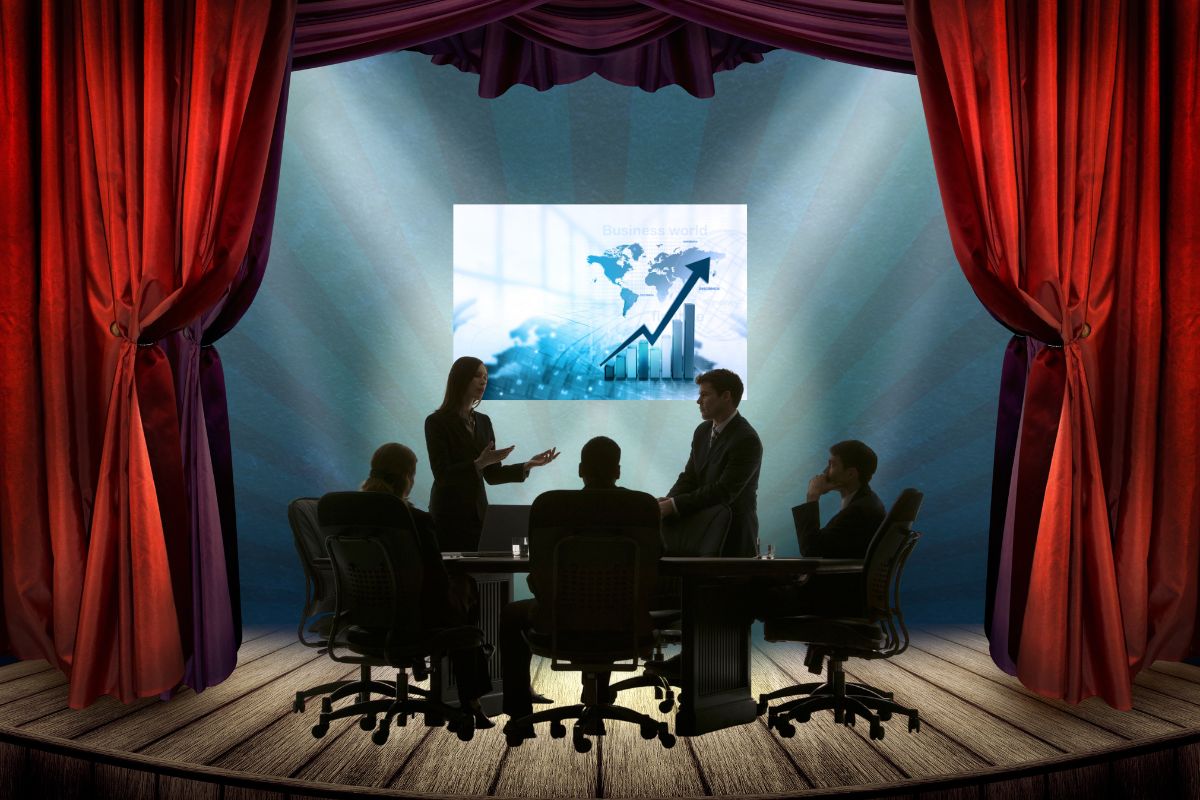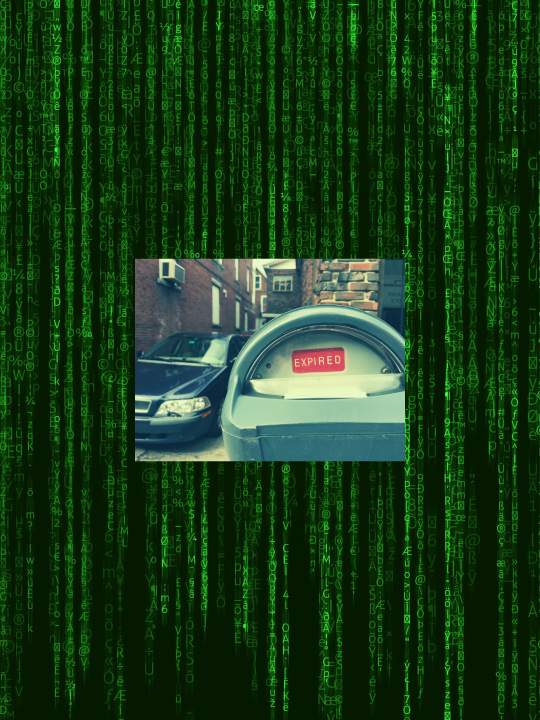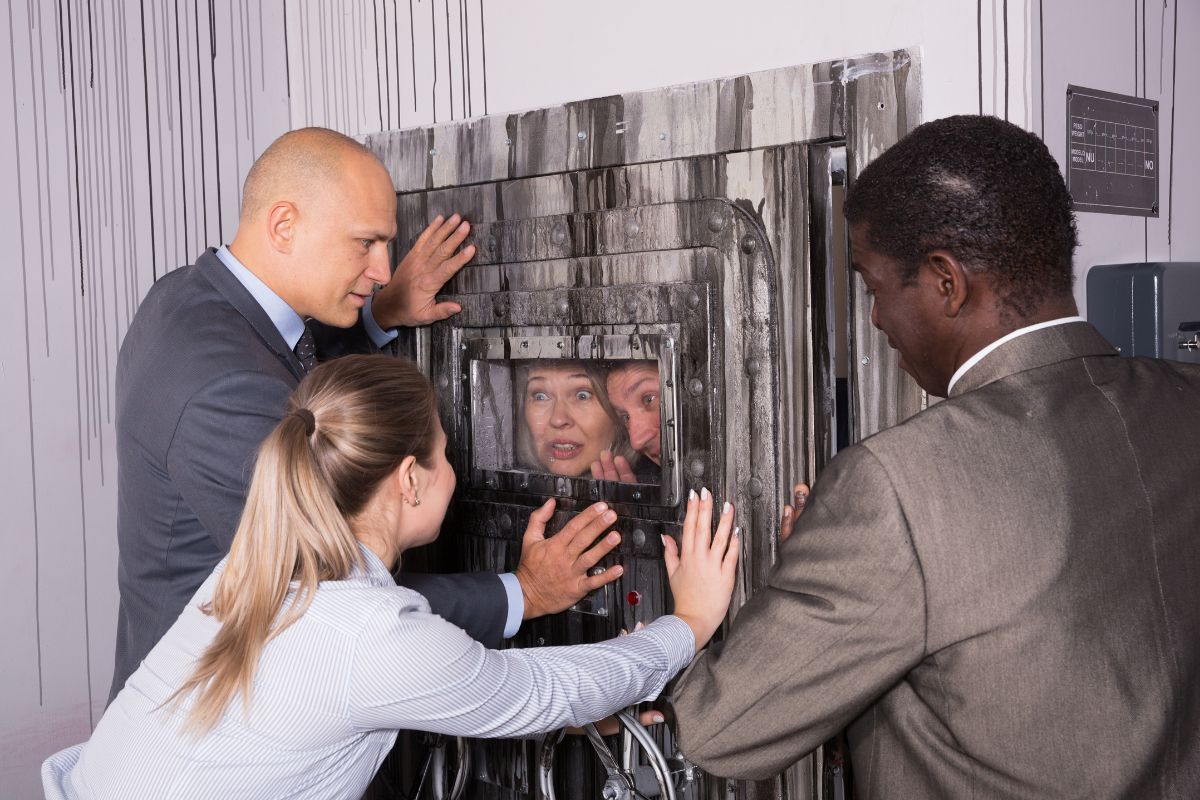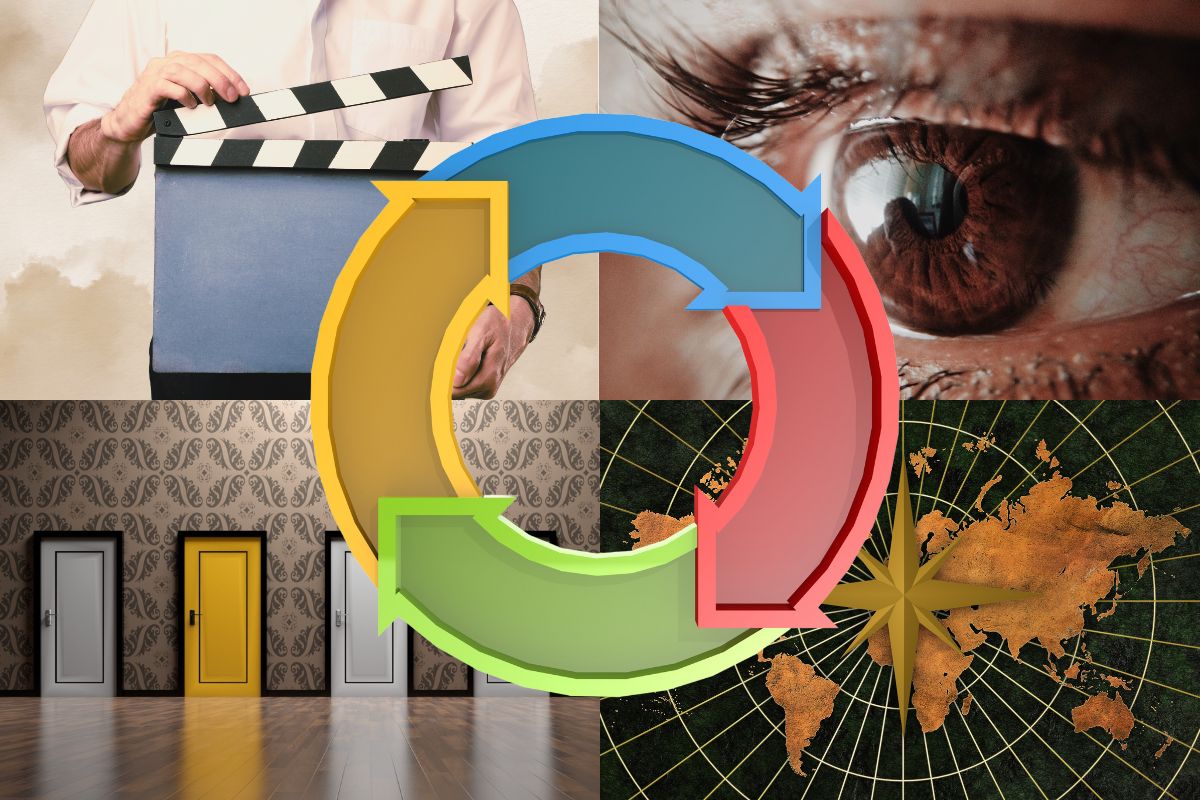The era of machine learning is upon us, whether we want it or not. Every week provides us with new stories about developments in artificial intelligence, and new fears regarding its implications for us.
Driverless cars! Authorless stories! Cyber lawyers!
From the spectacular arrival of AI art programs like Midjourney and DALL-E to the even more earth-shattering evolution of ChatGPT, it is hard to imagine any industry being able to escape disruption by the inevitable rise of the machines.
Chatbots are passing the bar exam, helping students cheat, and assisting us in planning our travel itineraries. They can be taught to code, taught to order our favorite foods when we need them, they can even (terrifyingly) be taught to love.
Disruptions Happen.
The birth of AI is a thrilling but frightening thing to behold. Even in its early stages, we are already witnessing capabilities that seemed like pure sci-fi less than a decade ago, and its rate of evolution is so rapid it is almost impossible to predict where we will be ten years from now.
The legal industry is undergoing significant changes, with AI and legal chatbots being employed in contract review, drafting, dispute resolution, and predictive analytics.
These external shifts lead to internal disruptions within companies, necessitating changes in structure and management approaches that are required in response to industry pressures and competitive shifts.
In the face of such a disruptive force, it’s easy to succumb to overwhelm, uncertainty, and a doom-and-gloom worldview.
With artificial intelligence disrupting our industries, and even our art, what will be left for us to do?
You may be left questioning:
As a senior leader, how can I prevent the introduction of AI from making my company defunct within my industry? What does it mean for my team and for the way we do business now?
The good news is, although we are approaching uncharted territory now, we have been in uncharted territory many times before, and while there are always winners and losers, agile actors find ways to rise to the top during times of disruption and upheaval. Less than thirty years ago, the internet came along and disrupted business as usual, as did the inventions of the personal computer and the pocket calculator before that, all the way back to 1450 AD and the invention of the printing press!
The Bleeding Edge
E-commerce platforms such as Amazon, Etsy, and Shopify continue to disrupt traditional retail, with Amazon using data from their operations to manufacture generic products, creating a unique feedback loop. To compete, some major retailers, like Walmart and Target built out robust online stores to coexist alongside their brick-and-mortar locations. Other companies, like Bed Bath and Beyond failed to capitalize on the growing market for online sales and are now paying the price.
Entertainment and media were revolutionized by streaming services like Netflix, which brought movies directly to our TVs—often simultaneously with theatrical releases. This new business model brought about the end of the video store era and began to threaten the bottom line of many film studios and TV networks. Desperate to capitalize on the streaming market, or to hang on to as much of their IP as possible, networks like ABC and NBC are now hosting their own platforms, offering subscribers now-exclusive content that could previously be found on Netflix, Hulu, or Amazon Prime.
External shifts lead to internal disruptions within companies, necessitating changes in structure and management approaches that are required in response to industry pressures and competitive shifts.
The point isn’t to resist that disruption is happening—it’s to learn how to work with it and how to get ahead of things. The strongest leaders are the ones who will be able to lead their organizations through the change of creative disruption.
Facing the Unknown
GPT epitomizes the classical definition of disruptive innovation. It is inexpensive, often “good enough,” and has deep expertise in certain content areas. It is poised to revolutionize how we work with and process electronic data. If we want to stay relevant in our respective industries, we cannot run from the future, we need to learn how to embrace it.
To thrive amid disruption you need to understand resistance.
By paying attention to what’s disrupting your industry and learning to work with it skillfully, you can set yourself and your organization up for longevity and success. One of the key skills you need to succeed amid disruption is the ability to share what you see and work more skillfully with others’ resistance.
By getting better at working with resistance, you’ll be able to react and respond to it more quickly. You’ll work with more ease—having fun instead of banging your head against the wall. And you’ll stand out as someone who’s able to lead your organization forward in challenging times.
I work with a lot of clients who I consider “visionary.” This doesn’t mean that they want to live on Mars (but boy does that guy need some support at keeping his stuff together), but it does mean that they see things about their organizations that others don’t see. A lot of these people start by swimming upstream—but there are techniques they can use.
Because leading through disruption is a team sport—it’s not something you can do alone, no matter how much power you have—you’ll have to bring others on the journey.
Here are three things you might try if your team needs help adapting to new, “disruptive” tech:
- Show Cause – If your folks can’t see the challenge that new technologies and ways of operating pose, they won’t be prepared to work with you on solutions. By paying attention to what’s disrupting your industry and learning how to point it out and explain the issue in easy-to-understand terms, you can set yourself and your organization up for longevity and success.
- Start Small – I’m often talking with my clients about the minimum meaningful unit of experiment: the need to try a change on the smallest unit where you can gather meaningful data and get meaningful results.
As you learn, you can go bigger, but changes that start big—especially in a fast-moving environment—often fail.
- Listen Deeply – Most leaders’ default approach to resistance is to try and overcome it, to get buy-in or, if that fails, to mandate that others comply with the change.
“I know you don’t like this, but you have to sell it to your team. Eat your vegetables. They’re good for you. You’ll learn to like them.”
This kind of power-based approach to getting things done has a place, but not when you need to change how you operate. Instead of trying to overcome resistance, engage with it.
Start by using curiosity.
“Here’s what I’m seeing; what are you seeing?”
This approach creates the opportunity for a true dialogue, which builds relationships and enables you to lead others on their journey.
By getting better at working with resistance, you’ll be able to react and respond to it more quickly. You’ll work with more ease—because you’ll be having fun instead of banging your head against the wall, and you’ll stand out as someone who’s able to lead your organization forward into new frontiers.
If you’re someone who wants to lead your organization through all the changes that are required these days, start by engaging with the resistance you meet.
Learning to engage with resistance isn’t easy—it’s one of things I spend a lot of time coaching my clients through. But if you want a head start, check out this free short video: Understanding the Levels of Resistance.











